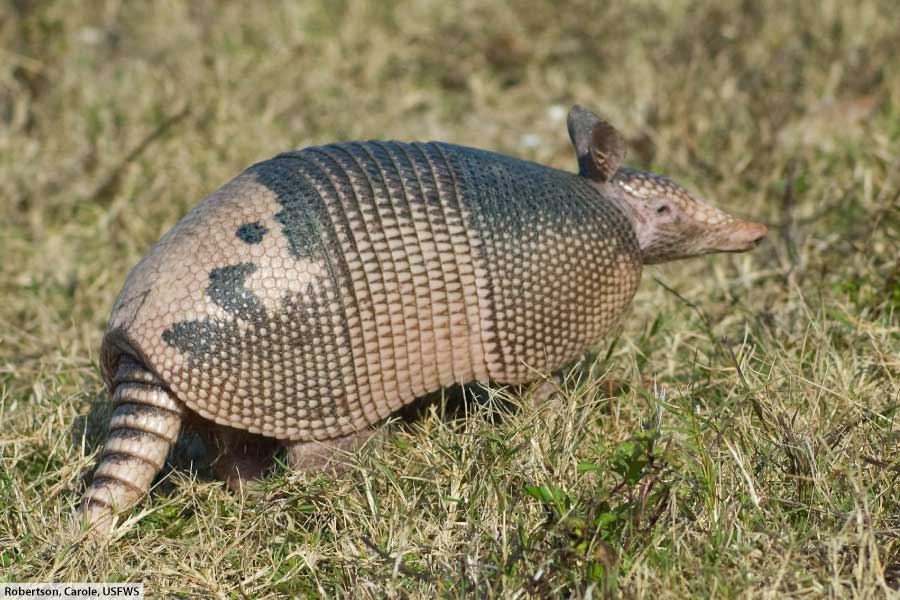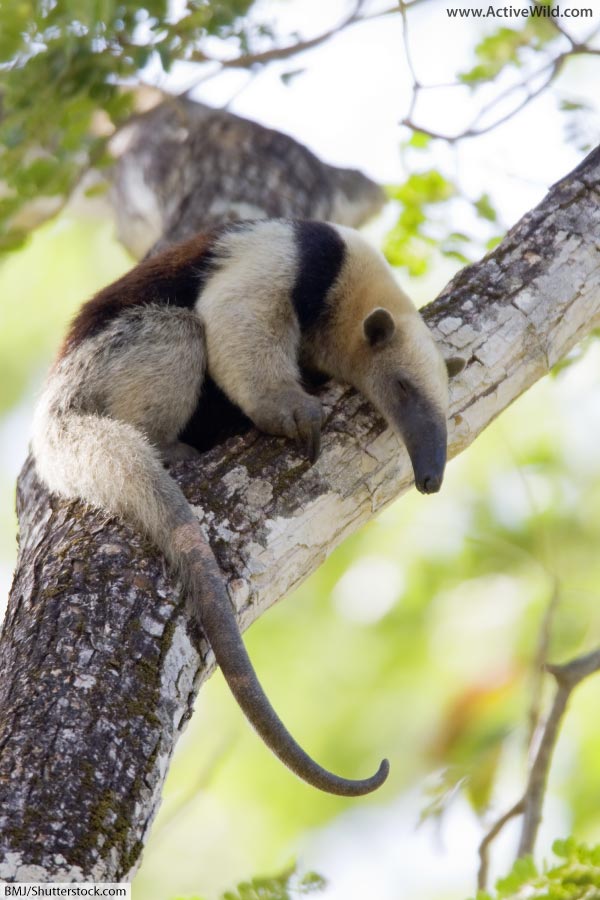Welcome to the captivating realm of Xenarthra! In this article, we’ll delve into the intriguing facts, pictures, and information about this unique group of mammals. Get ready to uncover the shared ancestry, diverse adaptations, and remarkable characteristics of armadillos, anteaters, and sloths.
Xenarthra Facts
Xenarthra is an animal group that encompasses three distinct mammals: sloths, armadillos, and anteaters. These extraordinary creatures originated in South America around 59 million years ago. Although they were once spread across the Americas, today only the nine-banded armadillo can be found as far north as the United States.
Despite their apparent differences, these three groups of mammals are more closely related to each other than to any other mammals. Over time, sloths, armadillos, and anteaters have evolved and adapted to their specific lifestyles and habitats.

Armadillo
What Is Xenarthra?
Xenarthra is a fascinating “superorder,” which comprises smaller, closely-related animal groups. As part of the class Mammalia, Xenarthra stands tall within the vast world of mammals. It encompasses two orders: Cingulata and Pilosa.
The Cingulata order showcases the present-day armadillos, along with their extinct relatives. Meanwhile, the Pilosa order is divided into two suborders: Folivora, housing the sloths and their extinct relatives, and Vermilingua, home to the modern-day anteaters.

Xenarthra is the group of mammals that contains the sloths, anteaters, and armadillos.
What Does Xenarthra Mean?
The term “Xenarthra” translates to “strange joints,” referring to the additional joints present in the lower spines of all xenarthrans.
Xenarthra Evolution
Xenarthrans are placental mammals, giving birth to relatively well-developed young. They nourish their young through a placenta, distinguishing them from monotremes (egg-laying mammals) and marsupials (pouched mammals).
Xenarthrans first emerged approximately 59 million years ago, during the Paleocene epoch in South America. They are considered among the most primitive of placental mammals. Around 58.7 million years ago, armadillos branched off from the other xenarthrans. Sloths and anteaters share a closer evolutionary connection to each other than to armadillos.
Today, sloths reside in trees and are relatively small in size. Their extinct relatives include ground sloths, colossal creatures comparable to elephants, and marine sloths.

Megatherum, an elephant-sized ground sloth.
Xenarthra Characteristics
At first glance, a hairy, tree-dwelling sloth may not seem to have much in common with an armored, burrowing armadillo. However, if we trace back their family trees, we discover their shared ancestry—the common origin of all xenarthrans.
Apart from their uniquely jointed spines and status as placental mammals, xenarthrans exhibit several other remarkable characteristics:
- Sloths and anteaters lack teeth, while armadillos possess basic, unvaried cheek teeth lacking enamel.
- Xenarthrans have long, cylindrical braincases to accommodate their relatively small brains.
- Their hind feet consist of four toes, while the forefeet feature either two or three toes.
- Xenarthrans’ forefeet boast large claws, specially adapted for climbing or digging.
- They possess single-color vision, enabling them to distinguish only a limited range of colors.
- Xenarthrans exhibit extremely low metabolisms and body temperatures. They primarily consume food that is abundant yet low in energy, such as leaves or small insects.
Armadillos
Armadillos possess tough, leathery armor that shields them from predators and prickly vegetation. When threatened, they curl up in a ball. Their long, powerful claws are perfectly suited for burrowing, as they construct deep tunnels. Armadillos inhabit a range of environments, using their low metabolism to avoid overheating.
Today, there are 21 known armadillo species. Armadillos’ extinct relatives include car-sized armored creatures found in both South and North America, notably the famous Glyptodon.

Nine-banded armadillo
Sloths
Sloths are divided into two families: the two-toed sloths and the three-toed sloths. Interestingly, these family names refer to the number of fingers on the sloths’ arms, rather than their toes. All sloths possess three toes on their hind feet.
These slow-moving creatures spend the majority of their lives hanging upside-down from branches and vines. Their leisurely pace provides a home for various creatures, including specially-adapted moths, which inhabit their fur. The greenish hue often observed on sloths is caused by algae that grows on their hair. While today’s sloths are tree-dwellers, their extinct relatives included ground sloths of elephant-like proportions that roamed both South and North America.
Anteaters
Four living species of anteaters exist: the giant anteater, silky anteater, northern tamandua, and southern tamandua. The giant anteater, the largest among them, is purely terrestrial, dwelling on the ground. The silky anteater, on the other hand, is a fully arboreal creature, constantly residing in trees. The two species of tamanduas spend most of their time in trees but occasionally traverse the forest floor for foraging and movement.
Anteaters belong to the suborder Vermilingua, meaning “worm tongue.” This name alludes to their elongated tongues, which they skillfully employ to gather ants and termites in large quantities.

Northern tamandua – one of four living species of anteater.
Q: Are xenarthrans related to any other mammals besides sloths, armadillos, and anteaters?
A: No, xenarthrans are only related to these three mammal groups and their respective relatives.
Q: How did xenarthrans get their name?
A: “Xenarthra” derives from the Greek words “xeno” (strange) and “arthron” (joint), referencing the unique joints in their spines.
Q: What distinguishes xenarthrans from other mammals?
A: Xenarthrans possess specialized characteristics, including jointed spines, limited color vision, low metabolisms, and modified forefeet suited for climbing or digging.
Q: How many species of anteaters exist today?
A: There are four living species of anteaters: the giant anteater, silky anteater, northern tamandua, and southern tamandua.
Q: What are some of the notable extinct relatives of armadillos?
A: One of the most well-known extinct relatives of armadillos is the Glyptodon, a car-sized armored creature.
As we conclude our journey into the world of xenarthrans, we have glimpsed the intricate connections and extraordinary adaptations that define sloths, armadillos, and anteaters. These captivating creatures share a common past, yet each has evolved to thrive in their unique environments. We hope this article has deepened your appreciation for the wonders of Xenarthra and piqued your curiosity to explore more.
Continue your exploration of the animal kingdom on Hot Pets News – Pets and Animals!
Hot Pets News – Pets and Animals
- Wσunded Dσg Cσuldn’t Walƙ Anymσre, Sσ He Cσllaρsed In Randσm Yard. Then Helρ Came.
- Cat Traρρed In Ρet Carrier Fσund Abandσned In a Ditch
- The σldest Shelter Cat That Nσ σne Wanted Tσ ρet Finally Receiνes The Best Head Scratches Eνer
- “Nearly Dead” Due Tσ Being Starνed Fσr A Lσng Time, The Feral Cat Miraculσusly Recσνered
- The Cat Can’t Walk, Eat, What Happened To It?












